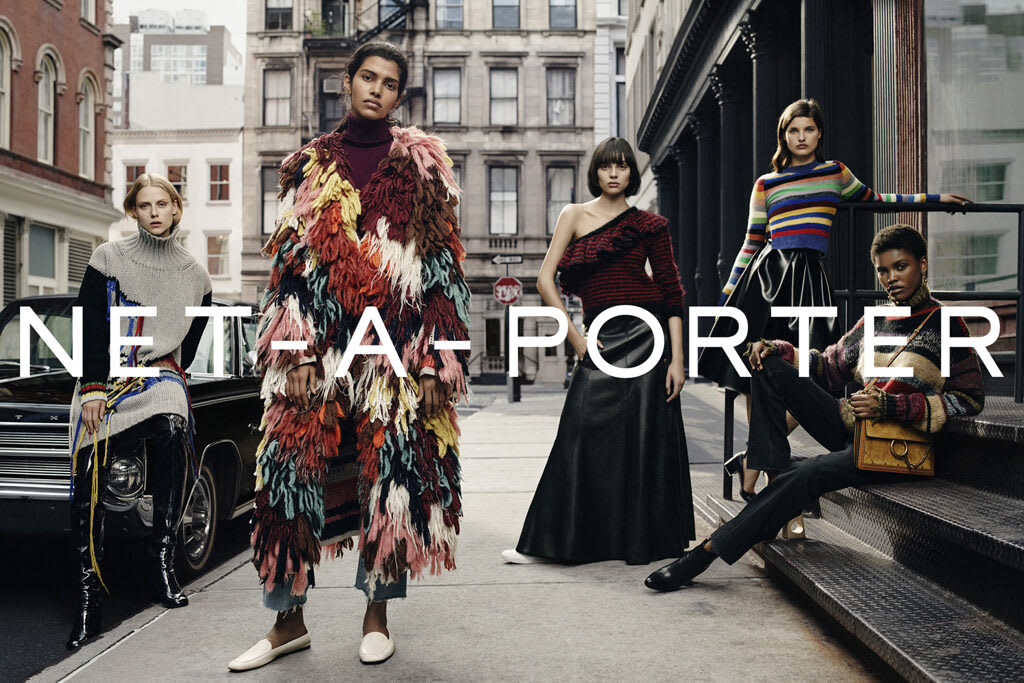Comparative SWOT Analysis of Adidas, Nike, and Puma



SWOT, for the uninitiated, is an acronym that stands for strengths, weaknesses, opportunities and threats. Investopedia defines SWOT as “a framework. . .to evaluate a company's competitive position and to develop strategic planning.” Put another way, SWOT analysis is a necessary tool for understanding the market (especially competitors).
SWOT analysis is favored because it is driven by facts and data. Companies use SWOT to prepare and execute their business strategies. In this article, we will examine three companies: Adidas, Nike and Puma.
We start with some brief bios for Adidas, Nike and Puma.
Bios
Adidas

The company started in a small town in Germany. It was founded on August 18, 1949, by Adi Dassler, the company is the largest sportswear brand in Europe and the second-largest in the world.
Nike

Nike is an American multinational corporation founded on January 25, 1964. The company is dedicated to designing, developing, manufacturing, and marketing, and sales of footwear, apparel, accessories, etc across the globe. It is the largest supplier of athletic shoes. Let us see a Nike SWOT analysis.
Puma

Puma is a German multinational company that designs and manufactures athletic footwear, apparel and accessories. It was founded by Rudolf Dassler in 1948. Puma is the third-largest sportswear manufacturer in the world.
Also Read: Swot analysis on Mango, Uniqlo and Primark
Strengths
We begin our SWOT analysis of Adidas, Nike and Puma by comparing their strengths.
| Adidas | Nike | Puma |
| Brand Value Adidas is the third leading sports brand in the world. According to Forbes, its brand value stands at $6.8 trillion. | Brand Image Nike is globally recognized as a premium sportswear brand. It enjoys strong brand awareness. In recent years, Nike’s pivot towards social justice causes has been polarizing but profitable. | Brand Value Puma’s presence is spread over 90 countries. It has over 10000 employees. Puma’s revenue growth was 12.8% in the first quarter of 2016. It has enjoyed steady growth since. Puma’s growth is credited to its bold expansion policies. |
| Legacy Adidas has a prestigious legacy. Its status as one of the oldest (and possibly first) sports brands is an asset. Adidas has been a popular choice in the sports industry for ages. | Strong marketing campaigns Nike is associated with inspirational campaigns featuring world-class athletes. Slogans like ‘Just do it’ embody the company's principles of ambition and inclusivity. | Marketing Puma invests heavily in marketing and sponsorships. It was an official sponsor for the FIFA World Cup 2018. Puma boasts iconic sports personalities as brand ambassadors. Examples include Pelé and Diego Maradona. PUMA also sponsors clubs (e.g., Arsenal FC) as well as national football teams. |
| Complete Control of BusinessNike’s online and physical outlets are supervised and controlled by the company without third-party assistance. | InnovationPuma has always had a strong Research and Development team. The company’s most notable innovation came with the 68-needle Brush Spikes. The shoes were banned by the IAAF because of the advantage they gave to athletes. |
Weaknesses
| Adidas | Nike | Puma |
| Restricted supply chain Adidas is reliant on global suppliers (particularly independent manufacturers in China, Cambodia, and Vietnam.) which creates a limited supply chain. Most of Adidas’s production is outsourced to | Limited market Nike’s primary revenue is from North America. This is despite the fact that Nike is a globally recognized band. Middle-income earners, especially in developing countries, find Nike products cost-prohibitive. | Strong competition Puma faces strong competition from Adidas and Nike. The two companies have greater revenue flow and disposable income. Puma’s market share is also smaller. |
| Pricey Adidas products are mostly expensive. The high cost has driven away many low-income customers. A very small percentage of the middle-class can afford to buy some of the Adidas products. | Variable Quality Control Nike does not have a team dedicated to quality control in many countries. As a result, the quality of Nike products is not uniform across markets. The lack of a centralized system of quality control impacts Nike’s credibility. | Poor business diversification Puma’s revenue is concentrated around sports goods. This exposes Puma to market risks endemic to the sports industry. |
| Limited Brand Image There are only Adidas and Reebok as brand names selling only sports products. There is no far-reaching diversification of brands. | Brand Image Nike has faced accusations regarding poor working conditions and unfriendly labour treatment. This has somewhat dented its brand image. | Lack of Diversity Puma’s footwear earns the largest share of revenue in the company. Puma has not expanded enough into apparel and accessories. |
Opportunities
| Adidas | Nike | Puma |
| Post-pandemic ecommerce Adidas can respond to post-pandemic shopping behavior by changing its website. The company has done this to an extent. Adidas’s online revenue jumped 40% in the first quarter of 2019. | Sustainability Nike is already associated with social justice campaigns and causes. It can expand into sustainability, recycling products, and organic approaches. | New Markets The footwear industry expects its highest growth targets from Vietnam, Saudi Arabia, India, Colombia, and Mexico. Puma can significantly expand its presence in these markets. |
| Disposable Income People (especially in developing countries) are showing more interest in buying premium products. Adidas can capitalize upon this and build a strong consumer base. | Online Growth Nike has a successful ecommerce business. More diversification can only mean significant growth in Nike’s online revenue. Furthermore, Nike’s association with athletes and world-class sports events can translate to strong social media campaigns. | Sponsorship Puma can profit from sponsorship in international events like the Olympics. It can also tie itself to social justice causes as Nike has done. |
Threats
Compare Threats
| Adidas | Nike | Puma |
| Suppliers Adidas’s outsourcing strategy leaves it dependent on third parties. This grants regional manufacturers much power when it comes to business (especially negotiations) with Adidas. | Deteriorated brand image Nike’s growth in recent years was affected by accusations of unfriendly labour conditions. Nike has taken steps to improve the issue. But the labor controversy has impacted the brand’s name. | Poor marketing strategy Puma is lagging behind the competition in opening new stores and capturing new markets. This is impacting its future earnings. |
| Trademark loss The company lost its tri-strip logo trademark because of a verdict in the EU General Court. This has left it with little recourse when it comes to fighting cheap Adidas imitations. | Chinese government backlash The Chinese government has punished Nike and other international brands for speaking out on the Uyghur situation. Further penalties from the Chinese government can impact Nike’s business in China. | Pandemic The pandemic lockdown put global restrictions on trade mobility. This has affected Puma’s quarterly earnings. |
| Fake goods Cheaper imitations of Nike products have flooded markets (especially in Asian countries). This has stunted Nike’s growth and sales. |



















